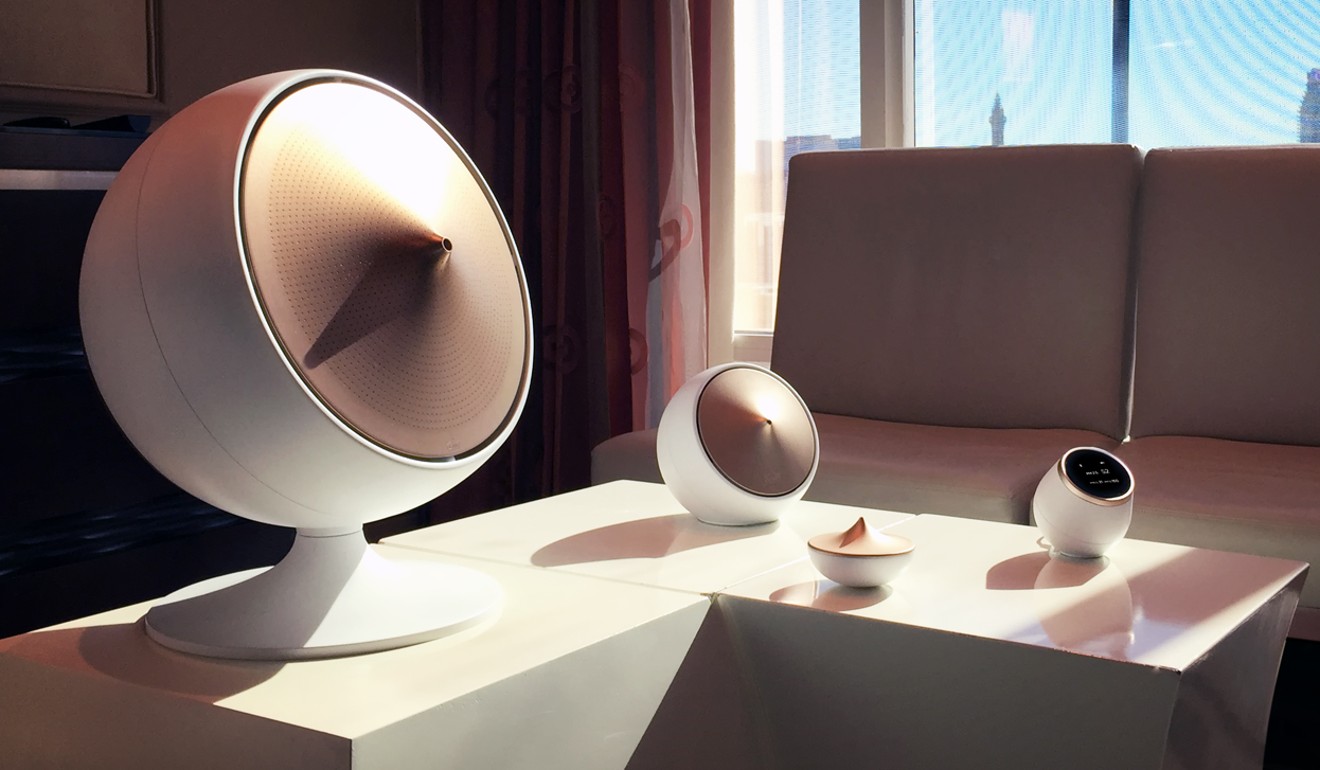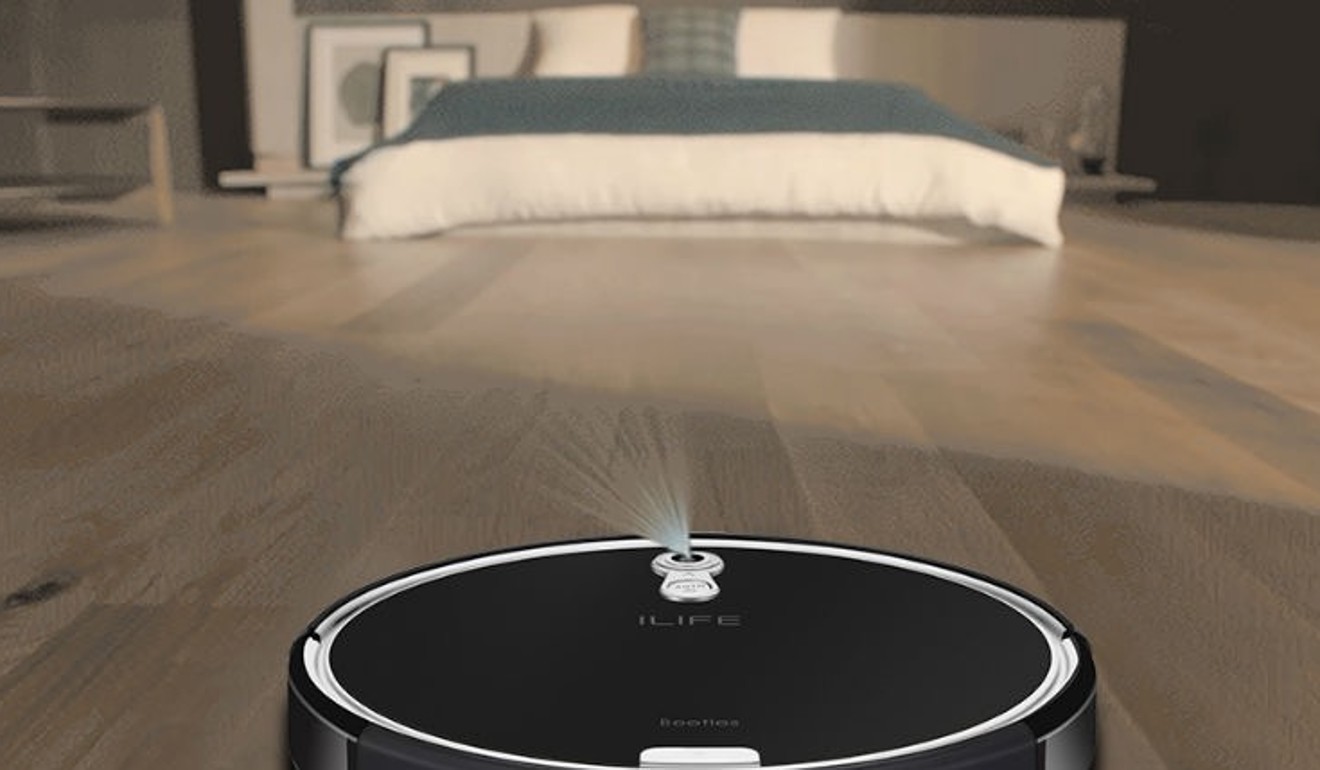
Smarter at 65: baby boomers are retiring into hi-tech bliss
As older adults leave they workforce, many are readily accepting the smart home technologies that were never previously available to retirees
Home alone at last. The children have left, you’ve got the gold watch: in retirement, there’s so much more time to do just what you want.
Baby boomers are exiting the workforce in droves, but not for them the pipe and slippers of generations past. Those in their 60s are healthier and wealthier than ever before, and when they’re not travelling, can look forward to many years of independent living in their own home – assisted increasingly by the internet of things (IoT).
For US tech entrepreneur F. Scott Moody, a pioneer of biometrics technologies including the fingerprint security login used on iPhones, retirement cleared the mental space to realise IoT’s potential for optimising the health and well-being of older people. Having sold his company AuthentTec to Apple in 2012 (for a reported US$356 million), Moody came out of a brief hiatus to establish a new start-up, K4Connect, designed “to create solutions that serve and empower older adults and individuals living with disabilities, enhancing their lives by integrating the latest in smart technologies into a single responsive system”.
The company’s platform, K4Community, acts as a personal smart assistant making it easier to access the online services, and a digital concierge directly connecting older adults with the services they need, such as transport and health care. This platform is currently being rolled out at retirement communities in the US, but its message is universal: baby boomers are the first wave of retirees comfortable using – and willing to invest in – digital technology in their daily lives.
The home is an obvious hub for smarter living as people age. For according to a new report published by international property company Grosvenor Group, evidence shows that most people don’t move house in their later years, preferring to stay within their communities where they have their roots and networks.
“Yet, if the right products and incentives were available, more ‘last-time buyers’ would downsize from typically larger family homes to more suitable accommodation, in the process also making more family homes available for younger generations,” says Graham Parry, research director, Grosvenor Group.
With the over-65s expected to account for 33 per cent Hong Kong’s population by 2045, Grosvenor’s report recommends an age-friendly approach to city development – by retrofitting existing buildings, and/or private developers considering the residents’ future years as they plan new projects. Meanwhile, devices on the market now can already make a difference.
Indeed, according to one study, jointly conducted by university researchers in Melbourne, Australia, and Vancouver, Canada, smart home technologies could be the key to healthy, happy ageing. Different types of active and passive sensors, monitoring devices, robotics and environmental control systems were considered for the study, which concluded that older adults appear to readily accept smart home technologies, especially if they benefited physical activity, independence and function, and if privacy concerns were addressed.

When retirement means you’ll be spending more time in the home, quality indoor air becomes more important than ever. Hong Kong company Evergreen Land addresses that concern with its new product OLFINITY, an IoT-based platform connecting three smart devices – air monitor, air purifier and aromatherapy diffuser – in one device, managed by a Wi-fi or Bluetooth connected gateway.
So while assessing the VOCs (volatile organic compounds), temperature and humidity in the home and filtering out pollutants, OLFINITY dispenses a selection of aromatherapy blends formulated in France with organic essential oils.
“We know that this system will disrupt the health and wellness industry and most importantly, empower people to take control of their life indoors,” says Olivier Partrat, co-founder, OLFINITY.
Fitness trackers aren’t just for runners – they’re also useful for prompting movement in retirees who may not be as active as they once were. But some wrist-worn screens can be hard for ageing eyes to read. The font size on Garmin’s Forerunner 230 is 44 per cent larger than the average smartphone’s and in addition to helping maintain a consistent exercise routine, this wearable saves time as an organising tool that connects to the user’s smartphone, keeping track of calls, text messages, calendar reminders and more, even if the phone is not around.
As cleaning robots become ever more sophisticated, these handy devices can free up well-earned leisure time by taking care of household chores.

Robotic vacuum cleaners have been around for years, but instead of mindlessly criss-crossing the room, some are now smart enough to look where they are going. Shenzhen company iLife’s latest AI (artificially intelligent) model, released in March, 2018, has a 360-degree live-vision camera that constantly scans room, sending visual information through a graphics algorithm to processors that compute accurate orientation and render a plan of the entire home.
As it sweeps and sucks up dirt to deposit in the dustbin, the iLife A8 uses its i-Voice technology to communicate with home occupants by reporting work progress, and when the job’s done, will automatically return to its base station for recharging. According to Chen Guanliang, VP of R&D of iLife, the intelligence and effectiveness of this new model represents house cleaning of the future.
Window cleaning is made easy with the latest innovation from Ecovacs Robotics.

According to David Qian, president of the company’s International Business Unit, the Winbot X, launching in Q2 2018, represents the next evolution in window cleaning technology. “By removing the power cord, the robot is able to move freely across the surface it is cleaning, regardless of whether the window has a frame,” he says.
There’s even a machine that can do the dirty work in the bathroom. Billed as the world’s first portable toilet cleaning robot, the newly unveiled Altan Robotech Giddel utilises advanced sensors and mechanical arms to scrub even those hard-to-reach areas of the bowl, while its obstacle detection ability may also alert householders to potential maintenance issues.
And, there’s more to come in the realm of robotic home help that is connected to IoT networks such as Google Home or Amazon Alexa. Among the most advanced, Aeolus Robotics recently showed the prototype for a robot that can mop floors, move furniture, and even fetch a cold drink from the fridge on command.
Apart from its ability to put things away where they belong, the Aeolus Robot can help people as they age by remembering where it saw an item last (to relocate lost glasses, for instance). It can also recognise a medical emergency, such as a fall, and knows when and how to call for help.
“At Aeolus Robotics, it’s our mission to bring together the latest in robotics, AI and machine learning in an affordable in-home robot,” says Alexander Huang, global CEO of Aeolus Robotics. “Costing less than a family holiday overseas, the Aeolus Robot makes the dream of having a home robot a reality and frees up valuable time for you to do the things you want to do.”

